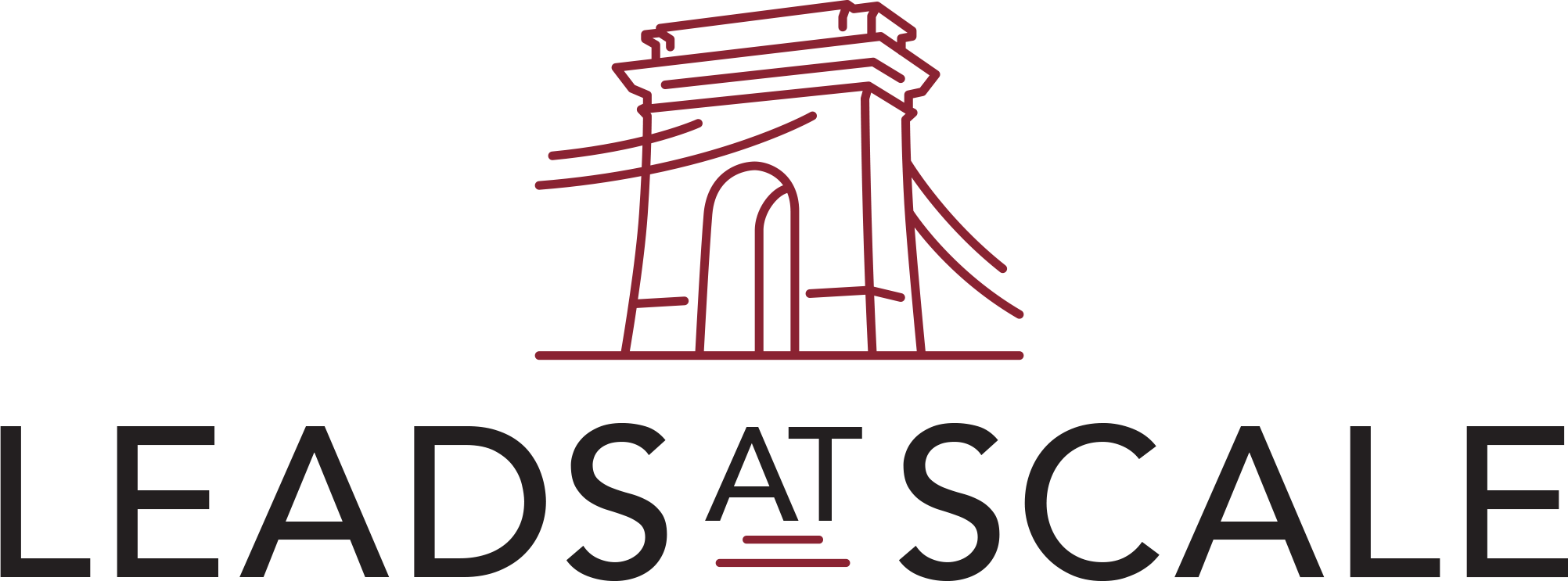B2B customers are perhaps the most informed buyers you could ever encounter. In fact, 75% of them research products, solutions, and vendors prior to spending.
And when it comes to selling solutions to companies, salespeople are up against multiple decision-makers.
This means B2B lead nurturing needs to take a more strategic approach. Yet, a staggering 65% of marketing and sales teams don’t even nurture their leads at all.
Is your business a part of that statistic? If so, it’s time to change it. Or else, you’ll lose the chance to close more sales.
In this post, we’ll go over the top strategies your B2B company can use to nurture leads.
What Is B2B Lead Nurturing?
Lead nurturing is the process of guiding leads down the sales funnel in order to drive them to purchase. Marketers and sellers do this by answering a prospect’s questions and alleviating doubts through content and in some cases, conversation.
You can think of lead nurturing as an advisor-student relationship. The most effective salespeople tell prospects something they don’t know. The salesperson, in effect, teaches the prospect, similar to the way an advisor or teacher enlightens a student.
A seller instructs a prospect on how a pain point–maybe even one the prospect didn’t know they had–can be more manageable with the solution the salesperson is offering.
Why Is B2B Lead Nurturing Important?
To truly understand the importance of B2B lead nurturing, let’s expand on the advisor-student analogy.
A teacher’s goal is to expand a student’s knowledge so that they can later apply that knowledge in the real world.
As a student progresses through school, they gain new knowledge that fits their current grade level. If a student stays at the same level for a certain period of time, then they’re not continuously learning, which in turn, stunts their growth.
This is what happens when you don’t nurture your leads. As they move down the sales funnel, they often have new questions and doubts they didn’t have before.
As a result, they need new information that addresses those questions and doubts. This is where the seller comes in–to engage, support, and build meaningful relationships with prospects.
They do this by providing them with appropriate and relevant content and information at every stage of the buyer’s journey.
Not convinced you need to follow B2B lead nurturing best practices? Consider this stat: 80% of new leads never translate into sales.
This means if you’re not nurturing your leads, you stand the chance of losing them to your competitors and never getting a sale.
Effective Strategies To Use For B2B Lead Nurturing
Find B2B Leads
Knowing how to find the right leads is crucial. Before you begin your B2B lead nurturing strategies, you must find leads that are most likely to convert into paying clients.
Follow these B2B leads best practices and lead generation strategies:
- Understand your target client
- Know their pain points
- Find out channels on which they spend the most time
- A/B test your call-to-actions (CTAs)
- Leverage user-generated content (UGC)
- Build a list of high-quality B2B leads
- Personalize cold emails
- Optimize your content for organic search
- Add chatbots to your communication channels
Place Leads Into Categories
After finding leads, the next step is to qualify leads. Every lead is different, meaning each one requires its own level of B2B lead nurturing. Break down leads into the following categories:
- Non-qualified leads: For these leads, there’s a chance they don’t need what you’re selling. And you possibly don’t know much about them, except for their email address. For these reasons, don’t spend too much time on nurturing these leads. To gauge their level of interest, you can try sending them emails to guide them towards a particular action.
- Action-qualified leads: You can categorize these leads based on the specific actions they’re taking when engaging with your business. Whether they downloaded a whitepaper for more information about your services or downloaded a pricing guide, you can determine how ready they are to move down the funnel. You can then tailor your next contact efforts based on their level of readiness.
- Marketing qualified leads (MQL): These leads are more likely to become customers than other leads. In other words, they’re more promising leads, but haven’t quite made the step into a sales conversation yet.
- Sales qualified leads (SQL): These leads are pretty much ready to talk to your sales team, meaning they have a high probability of turning into a customer. At this stage, they’re encouraging you to provide them with more detail that interests them.
- Sales accepted leads (SAL): An SAL is an MQL that meets specific criteria that indicate the lead is ready to pass on to sales. At this point, you’re likely having active conversations with your lead, setting up further discussions, and working on meeting their final goal.
Having a clear definition of each lead category can help you determine how much time you need to spend on each B2B lead nurturing category.
Reach Out To Leads
Leverage email automation to prevent leads from going cold. Set up your software to automatically send emails to prospects who have engaged with your company in some way. Examples of email marketing automation workflows include:
- Welcome emails
- Free trial signups
- Re-engagement
- Abandoned cart
- Upsells
Tailor Content To Each Stage Of The B2B Buyer’s Journey
Just like B2C customers, B2B buyers go through a sales funnel before they make a purchase decision. The difference? The B2B customer journey is often longer.
To help guide them along the journey and shorten the sales cycle, you can nurture these leads by delivering the right content at the right time. Follow these B2B lead nurturing strategies to help prospects move down the funnel.
- Awareness: When leads first discover your business, they want to know how your solution can help solve their problem. This is where eBooks, guides, whitepapers, and blogs can educate and keep leads moving down the funnel. You might also consider shorter formats for your introduction materials such as infographics, checklists, tip sheets, and quizzes/questionnaires. You can use this as gated content so that you can capture a prospect’s email in exchange for your content.
- Consideration: At this stage, key decision makers are researching different vendors and trying to determine which one will best fit their company’s needs. They also want to reduce any risks that might occur after their final decision. To alleviate their doubts, you can distribute content that includes detailed comparisons, case studies, testimonials, and even tools (i.e. ROI calculators).
- Decision: When a prospect reaches the decision stage, they’ve likely come to a conclusion.about which solution they’re going with. This is when you come in to give them that final push by offering product demos, in-person meetings,and freemium subscription models (i.e. free trials). As a result, the prospect will feel more comfortable with their final decision.
Generate and Qualify Leads with Leads at Scale
Looking for a reputable lead generation company? At Leads at Scale, we help companies generate B2B leads that have a high chance of converting into customers. Here’s what we can offer you:
For more information, feel free to reach out to our team or get an estimate today.



